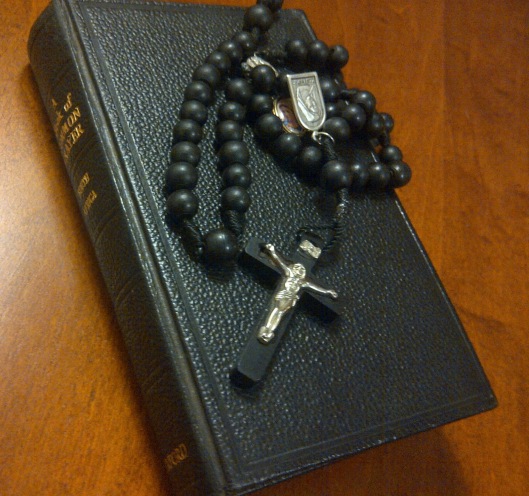
[My thanks to C451 for his help on the history of this, JH].
One of the many consequences of the restoration of the monarchy in 1660 following the demise of Cromwell’s commonwealth was that the Church of England was restored to its position as the Established Church. In an effort to secure as much support as possible, Charles II summoned twelve bishops and twelve Puritan ministers to a conference at the Savoy Palace in 1661. The idea was to see how wide the bounds of Communion might be. It was good timing. The Bishops, after the experience of Cromwell, had learned something of where intransigence might lead, and the Puritans might, without him, be about to learn the same lesson.
The Book of Common Prayer had not been revised since 1604. It had been banned in 1645 and suppressed during the Commonwealth. The hopes that it might be possible to find a revised form of the Book which would command support from the Puritans were generally dashed; their breach of Elizabeth I’s wise injunction not to ‘make windows into men’s souls,’ ensured that. The Bishops would not agree to a Minister having the right to say who could and who could not receive Communion, nor would they agree to his having the right to refuse to baptise a child; the Church was either national, or it was sectarian. The sectaries went their way.
The Bishops took their stand on precedent:
“If we do not observe that golden rule of the venerable Council of Nice[a], ‘Let ancient customs prevail,’ till reason plainly requires the contrary, we shall give offence to sober Christians by a causeless departure from Catholic usage, and a greater advantage to enemies of our Church, than our brethren, I hope, would willingly grant.”
And they went on:
“It was the wisdom of our Reformers to draw up such a Liturgy as neither Romanist nor Protestant could justly except against.” For preserving of the Churches’ peace we know no better nor more efficacious way than our set Liturgy; there being no such way to keep us from schism, as to speak all the same thing, according to the Apostle. This experience of former and latter times hath taught us; when the Liturgy was duly observed we lived in peace; since that was laid aside there hath been as many modes and fashions of public worship as fancies.”
On 20 December 1661 the (fifth) revised Book of Common Prayer was approved by the Convocations of Canterbury and York and annexed to the Bill of Uniformity, which was passed by Parliament and received Royal Assent on 19 May 1662. There were few significant changes since 1604. On the whole, that settled things until the nineteenth century, which is not to say there were not the usual discussions among the learned and the interested (which two parties even sometimes coincided).
It is not often stressed that one of the most fervent defenders of the BCP was that great and good man, John Keble. The third of the Tracts for the Times, written by none other than Newman, argued that those who thought like him and Keble should petition the bishops to resist changes in the BCP being demanded by men like the famous headmaster of Rugby, Thomas Arnold. In the 1850s what was then called the “Broad Church” formed an association to press for changes in the BCP, but despite a series of bills tabled in the Lords, they got nowhere.
Inevitably the issue got caught up in the wider controversy over “Ritualism,” with those opposed to what they called the “Romanising tendencies” of the Oxford Movement. What was clear was that there were many in the Church who wished to keep it comprehensive, and in the words of one set of commentators:
“If, therefore, the Church of England is to remain the National Establishment of a free country, room must be found within it, as far as is consistent with general conformity ‘in such matters as may be deemed essential’.”
In 1872 the Archbishop of Canterbury managed to guide a short reform through the Convocations and Parliament sanctioned the changes, which were largely to do with making the services shorter. Its critics said that it would lead to chaos and accused Tait of what we would call “dumbing down”; truly there is nothing new under the sun!
The experience was not a happy one, and the issue would rumble on until the 1920s when a serious attempt at Prayer Book revision, complete with a new Book, was proposed – but the attempt to get it through Parliament failed – but as that is one of C451’s hobbies, I shall stop there.
But what I hope this little excursus shows is that the Prayer Book has always been the focus of how Anglicans pray, a topic to which I want to return. On the one side its adherents have consistently rejected attempts to de-sacrilise our Liturgy and refused to water down the sacramental elements in it. On the other, they have resisted attempts to go the whole road to Rome route. It can be argued that in not using the Prayer Book as much, our Church lost something in terms of coherence, but that’s another argument for one more learned than myself.
I’ll finish simply by saying that it remains, for me, at the centre of my private devotions, but I also use “Common Worship” which I also find helpful. Anything that allows me to join millions of others in worshipping the Triune God is most welcome.

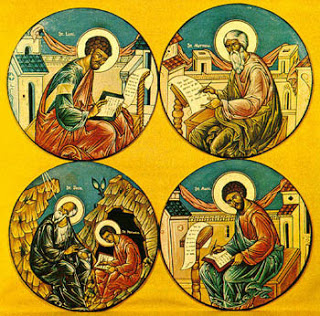





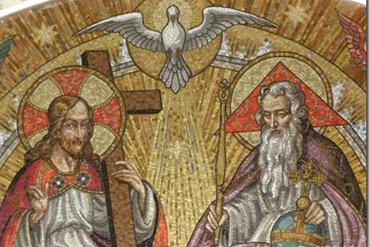
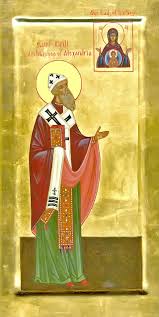
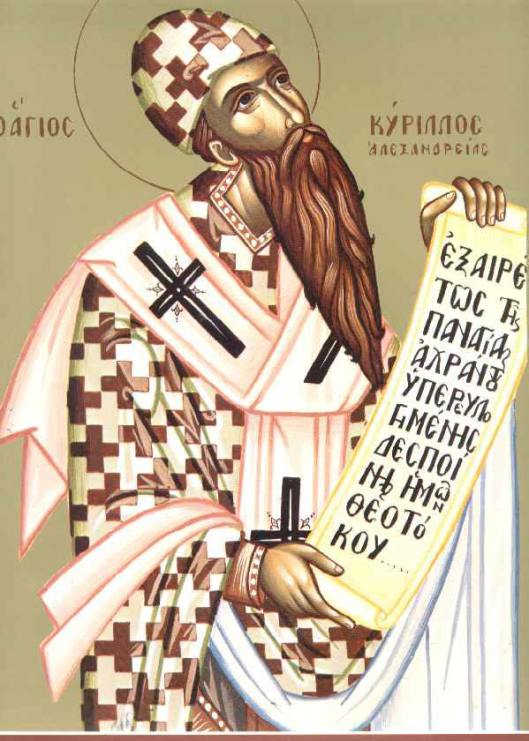
You must be logged in to post a comment.